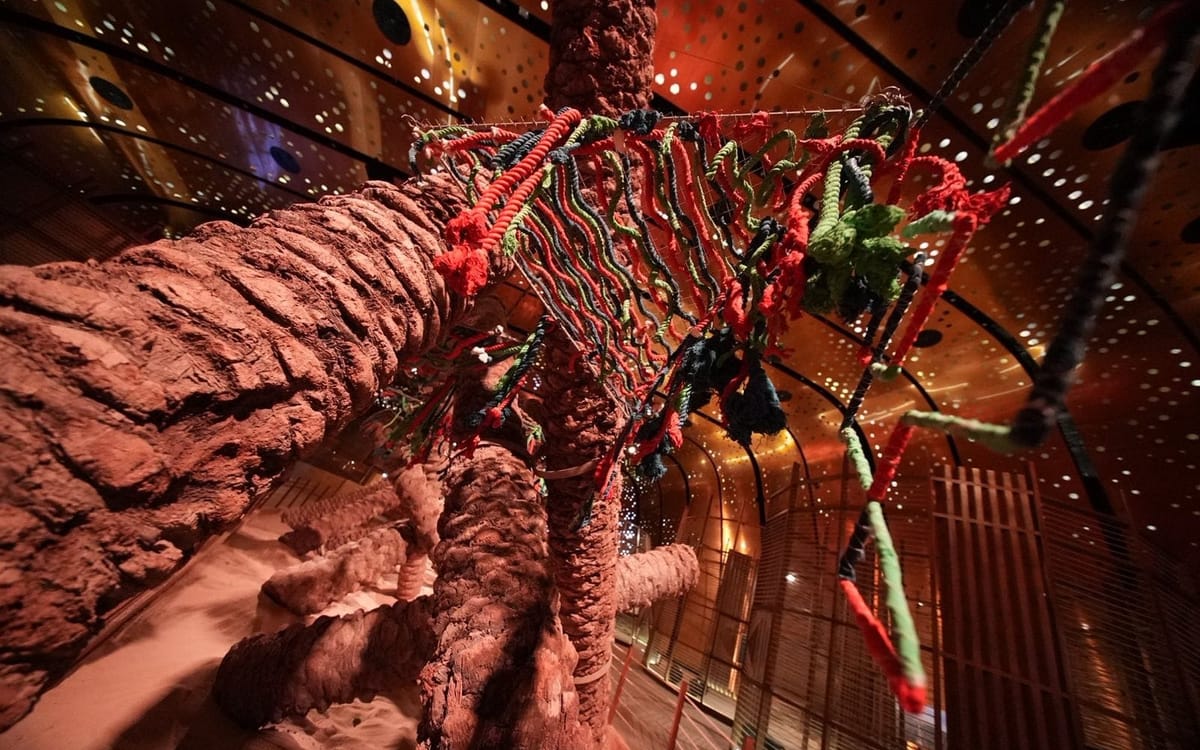
The story of Saudi can be traced in the lines of a palm. At Ithra’s Great Hall in Dhahran, that story becomes an environment you can walk, touch, and learn from. The Baseqat Exhibition treats the date palm as heritage, material, and future design language all at once. It is sensory and grounded, yet quietly ambitious. You move through structures that breathe like shade and you leave feeling that a single tree can be a library.
What is Baseqat?
Baseqat is Ithra’s new exhibition devoted to the cultural, ecological, and design legacy of the date palm. It treats the palm as living heritage and usable material, not a museum motif. Curated by Samer Yamani and Razan Masri, the show gathers 15 works by 25 artists in Ithra’s Great Hall, inviting visitors to experience the palm through art, design, film, and hands-on making.
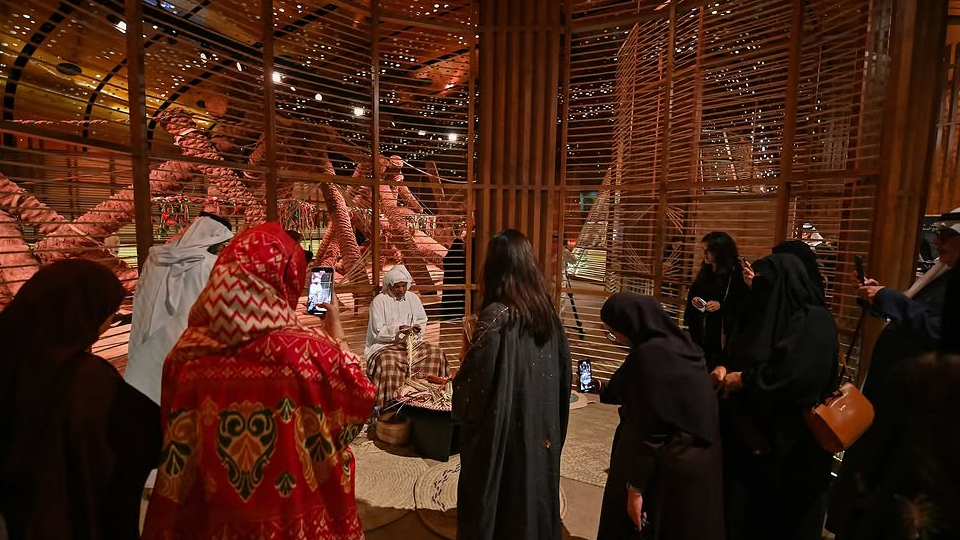
Key Features & Structure
The experience is built for clarity and flow. Six themed zones guide you from symbolism to substance; a distinct Lab anchors workshops and material research; and a screening corner extends the story through film. It is an exhibition you can walk, touch, and learn from in stages that make sense for families, students, and professionals alike.
Six Thematic Zones
Baseqat unfolds across six sections that mirror the palm’s anatomy and its role in daily life:
- Oasis: A point of arrival that frames the palm as sign of life in arid landscapes
- Roots: Ancestry, irrigation intelligence, and knowledge networks
- Trunk: Structure and strength, from midribs to architectural uses
- Fronds: The craft heart, where weaving becomes pattern, surface, and shelter
- Dates: Foodways, preservation, and ritual as design language
- The Lab: A working zone for experimentation, workshops, and participatory making
These sections are explicitly named in the exhibition, and they keep the visit intuitive for first-timers while still offering depth for designers and curators.
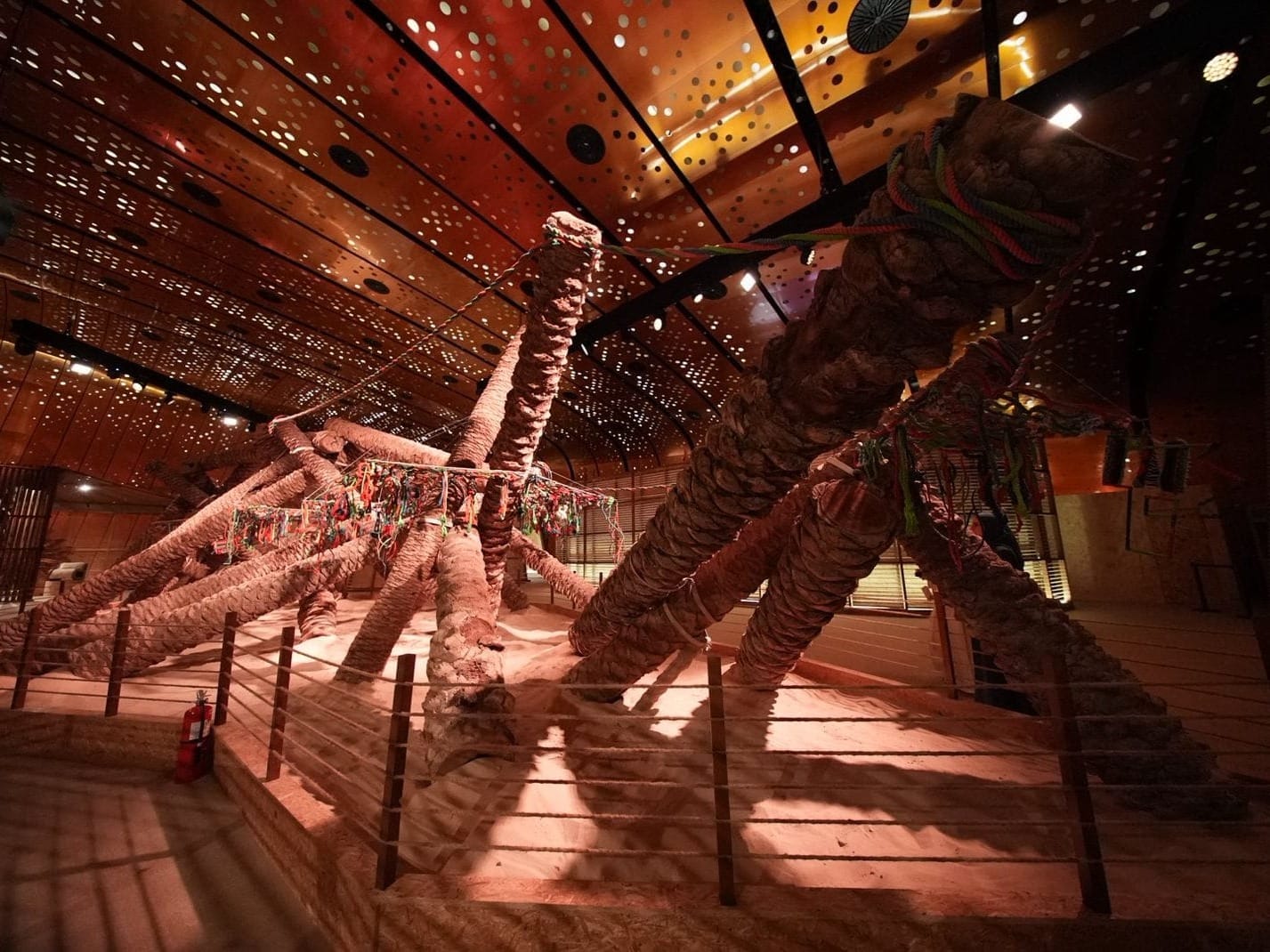
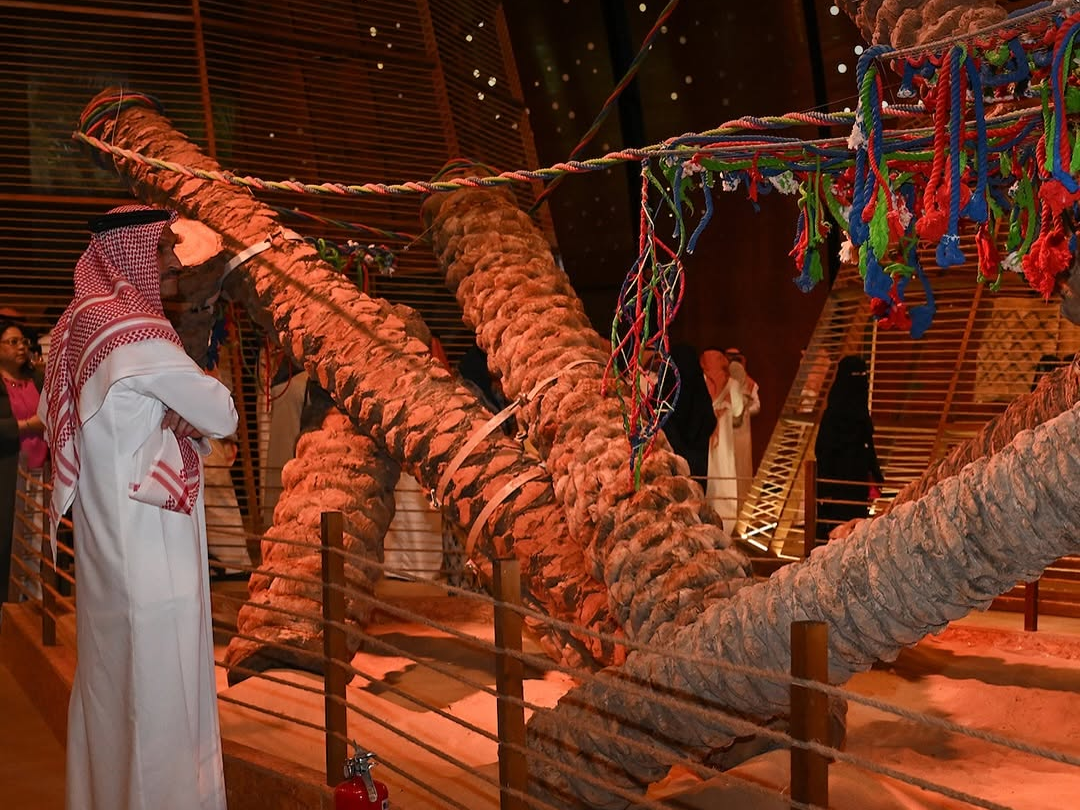
Works & Artists
Expect a mix of sculpture, photography, furniture, and installation by Saudi, regional, and international voices. Headliners and must-see pieces include:
- Fatimah Al-Nemer: Al-Kar A woven rug created with local craftswomen, translating palm fibers into a tender, rigorous textile of memory
- Mohamed Amine Hamouda: Bouhattam Sculptural forms built from oasis waste that turn scarcity into structure
- Daniel Valero (Mestiz): La Cabra Chair A playful chair that carries palm weaving into contemporary proportion
- Obaid Alsafi: Palm in Eternal Embrace A meditative work on climate, resilience, and presence
You will also find Bashaer Hawsawi with pieces including The Chain that Rebelled Against the Earth and Holy Thirst 4; Abdulla Buhijji and Noor Alwan with Toob Toob Ya Bahar; plus contributions from Yasmine Sfar and Mehdi Kebaier, Shahira Fahmy, Amina Agueznay, Gabriela Sagarminaga Roldán, and Carolin Schelkle. Together they position palm knowledge in a global conversation about sustainability and vernacular intelligence.
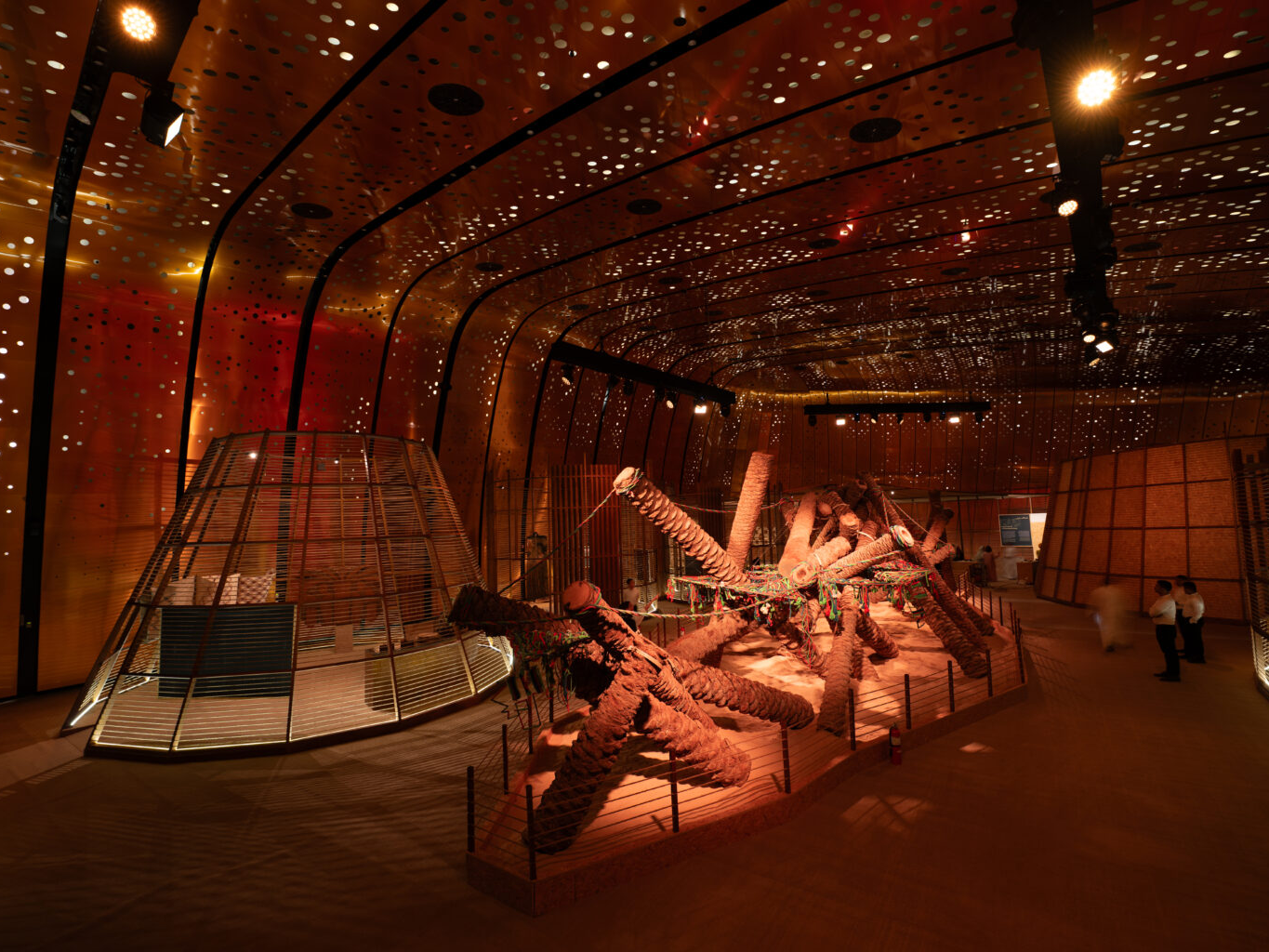
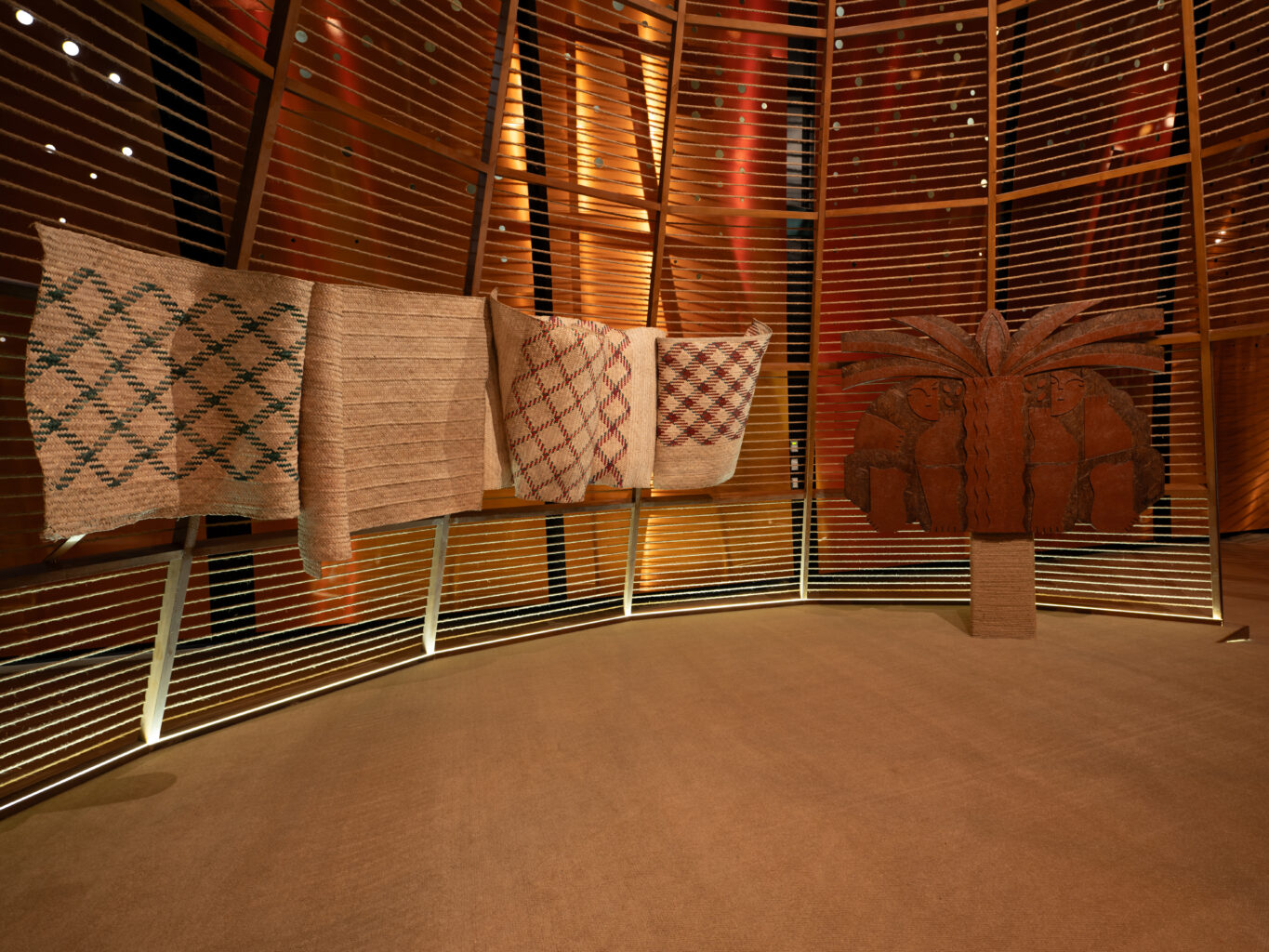
Spatial & Material Design
The Great Hall becomes a landscape of breathable, areesh-inspired structures made from palm wood, rope, and fiber. The scenography references the Qur’anic verse “And towering palm trees loaded with clustered fruit” (Surah Qaf: 10) that evokes towering palms laden with fruit, then translates that poetry into rhythm, shadow, and movement. The result is local in material memory and contemporary in tone; you feel guided rather than staged. If you can, time your visit for late afternoon light when shadows turn into part of the exhibition.
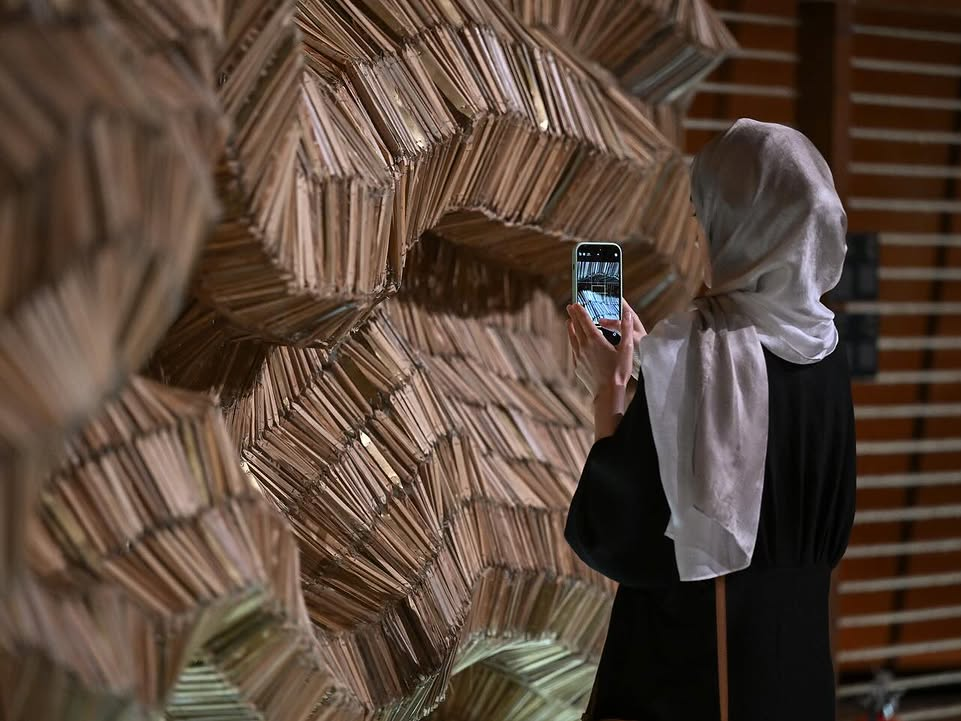
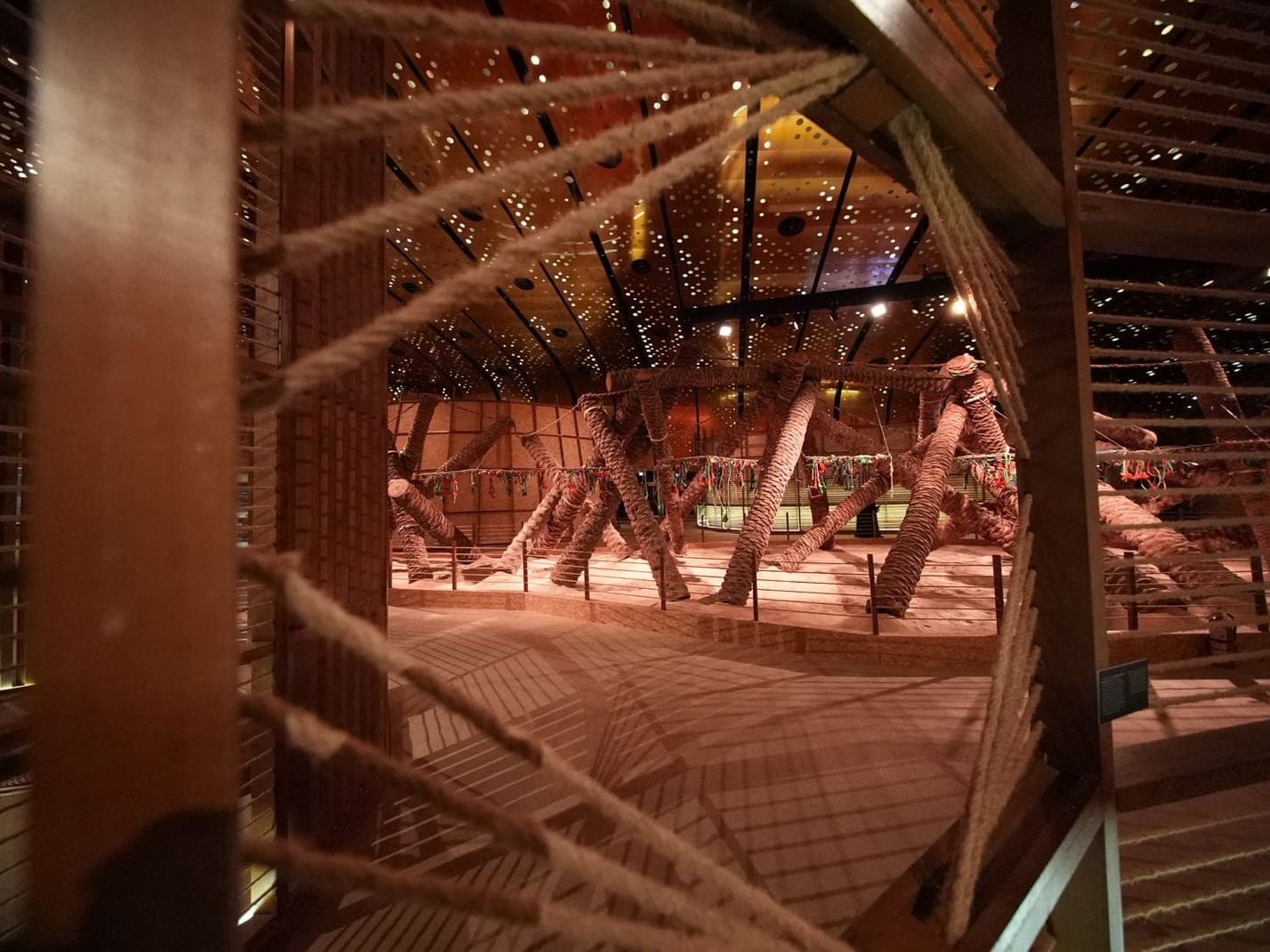
Programs, Workshops & Audience Engagement
Baseqat is designed to be used. The Lab hosts recurring, bookable sessions that turn heritage into method:
- Date Palm Papermaking A beginner-friendly entry to biomaterials, where you pulp palm by-products and form textured sheets ideal for drawing and print
- Bio-Weaving and Material Labs Deeper dives into pattern systems, joinery, and stress-testing with palm components
Programming also includes talks and film screenings, notably Mahmoud Kaabour’s short documentary Sa’fa, which traces weaving communities and the palm’s role in everyday life. Families, students, and professionals each get an entry point; the emphasis is on participation over spectatorship.
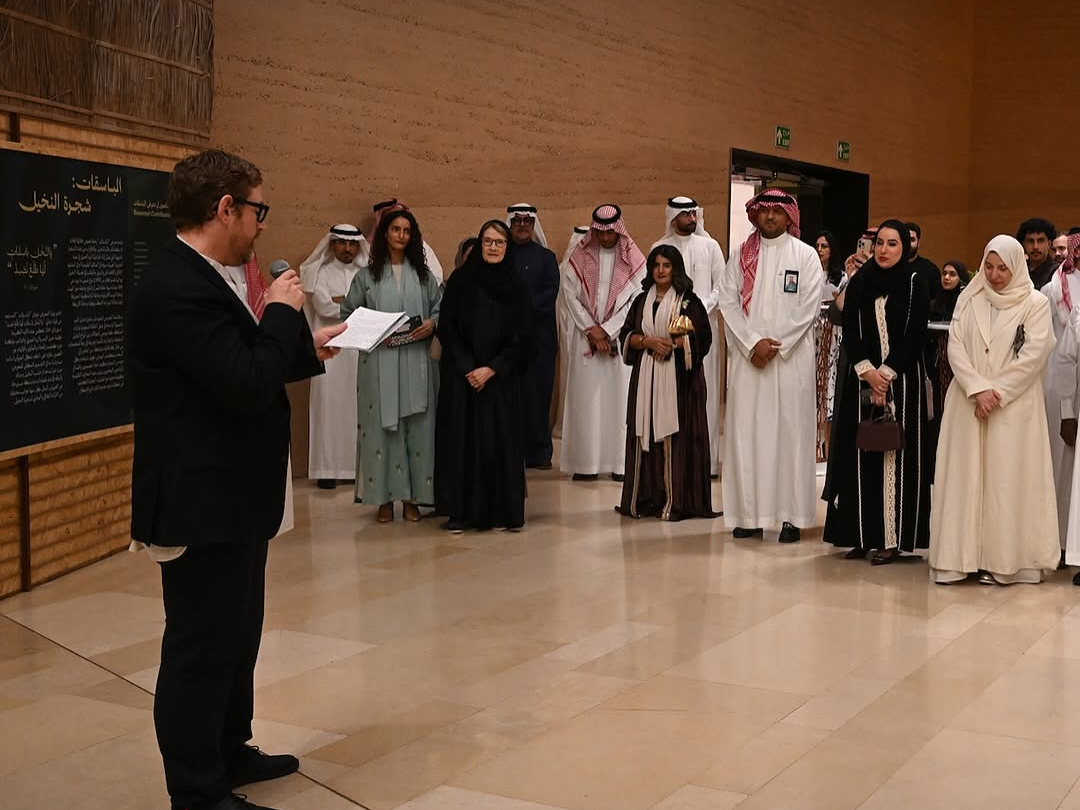
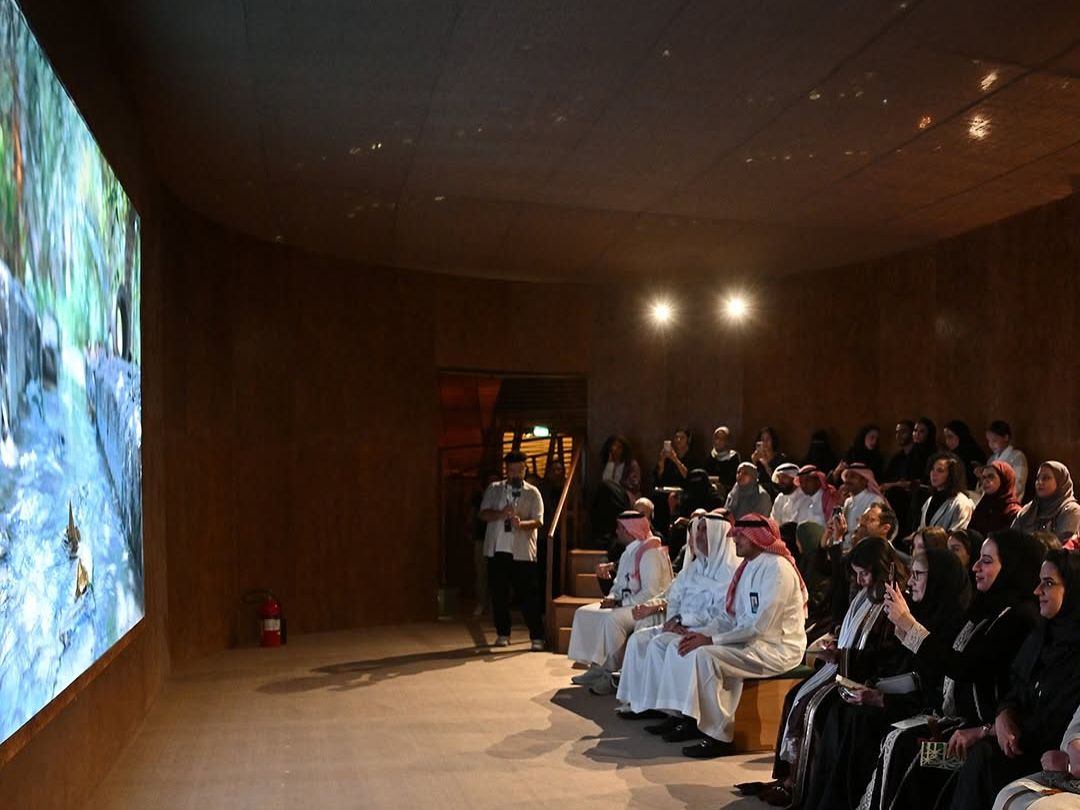
Dates, Duration & Venue
Baseqat launched at Ithra in Dhahran on October 10, 2025 and is scheduled to run through March 2026. The venue is the Great Hall at the King Abdulaziz Center for World Culture, a vast, column-free space that allows the exhibition to breathe and scale. Check Ithra’s listings for session availability and any timed entry notes before you go. Ithra sits in Dhahran with ample on-site amenities. Give yourself at least 60–90 minutes for the galleries, more if you are joining a workshop.
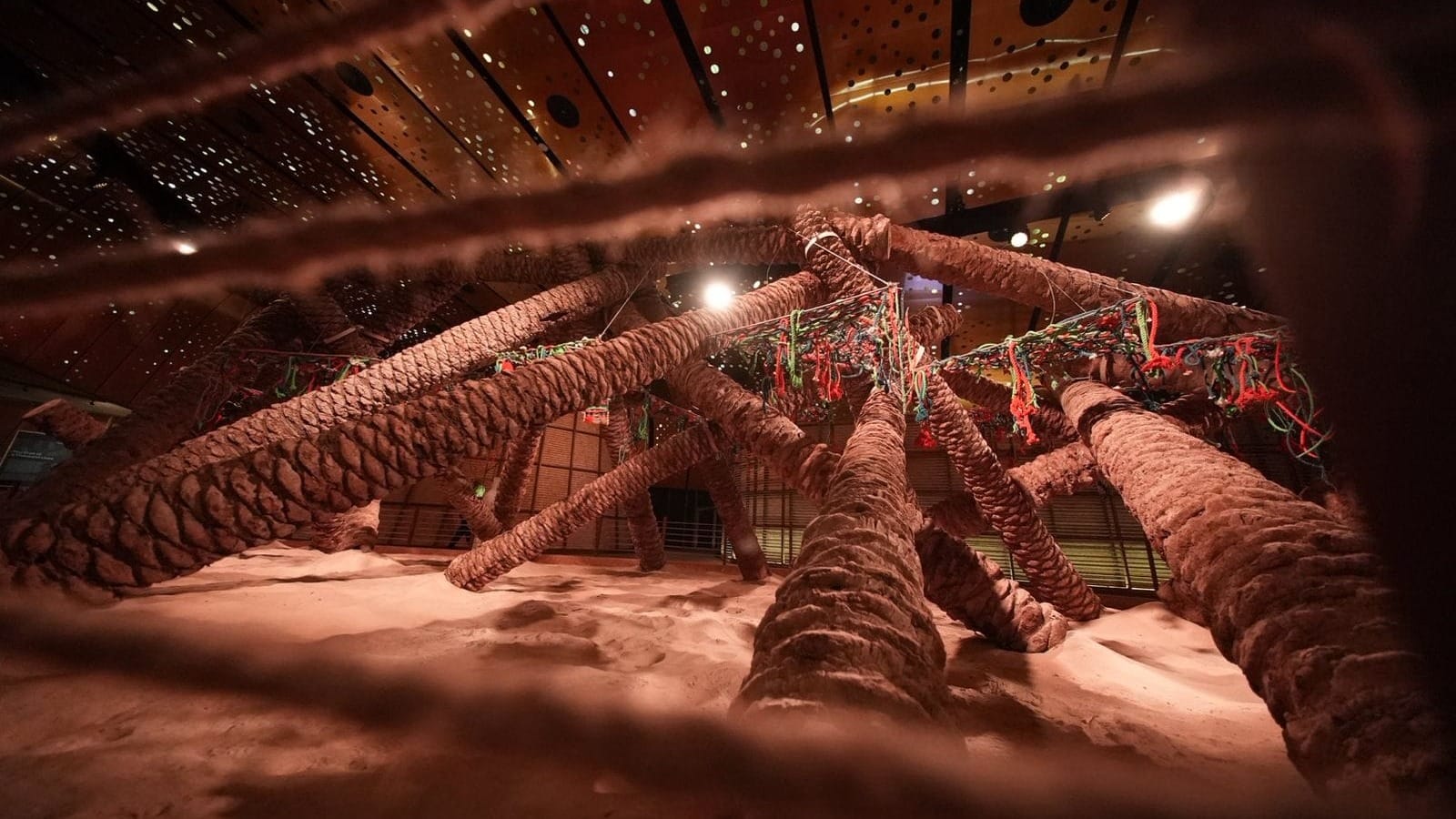
What it Adds to Our Story
Baseqat is a confident case for continuity as innovation. It repositions the palm as a design partner and offers a template for commissioning work that is rooted in place yet fluent globally. In a moment when sustainability can feel like a slogan, this exhibition shows how ecological intelligence lives in everyday making. Waste becomes resource. Memory becomes method. Heritage becomes a working practice.
The palm is generous. It gives shade, food, shelter, fiber, and form. Baseqat gives the palm its due and invites the next generation to pick up the thread. The show begins in a gallery and continues in studios, classrooms, and homes. That is the promise. That is the hype. It is also the work.
Inspired by The Baseqat Exhibition?
Explore more Saudi art events, openings, and design weeks at KSA Art.

